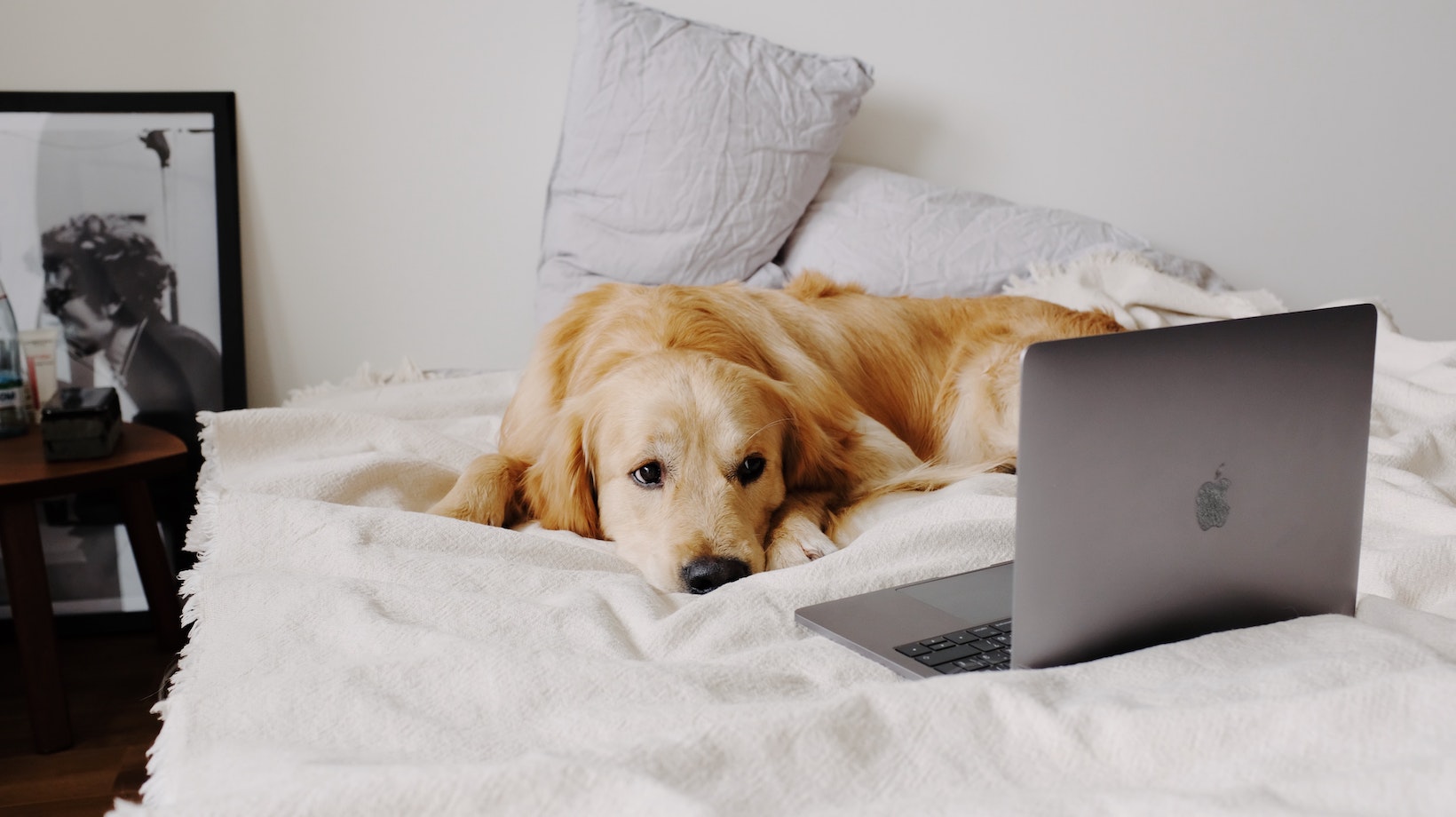Are you tired of constantly finding your Labrador’s pee stains inside your house? Well, fret no more! I’ll share some helpful tips on how to stop dogs, including Labradors, from peeing inside.
One common reason why Labradors may urinate indoors is a lack of proper house training. It’s essential to establish a consistent routine for bathroom breaks and reward them when they eliminate outside. By providing positive reinforcement and being patient, you can teach your Labrador where it’s appropriate to relieve themselves.
Another factor contributing to indoor accidents could be a medical issue. If your Labrador suddenly starts peeing inside despite having been house trained, it’s crucial to consult with a veterinarian. They can rule out any underlying health conditions that might be causing the behavior change.
Additionally, consider keeping an eye on your Labrador’s water intake and bathroom schedule. Dogs generally need to go outside after meals or vigorous exercise. By monitoring their drinking habits and ensuring regular potty breaks throughout the day, you can significantly reduce the likelihood of accidents occurring indoors.
Understanding the Reasons behind Dogs Peeing Inside
When it comes to our furry friends, one common issue that many dog owners face is finding their beloved pets peeing inside the house. It can be frustrating and puzzling, especially if your dog has been house trained. But fear not, there are several reasons why dogs may exhibit this behavior.
- Medical Issues: Before jumping to conclusions, it’s essential to rule out any underlying medical conditions that could be causing your dog to urinate indoors. Certain health problems like urinary tract infections, bladder stones, or even diabetes can lead to increased frequency of urination and accidents in the house. If you notice a sudden change in your dog’s potty habits, it’s crucial to consult with a veterinarian to address any potential health issues.
- Lack of Proper Training: Sometimes, dogs may pee inside simply because they haven’t been properly trained or have forgotten their training over time. This is particularly common among puppies who are still learning the ropes of being potty trained. Consistency and positive reinforcement are key when it comes to teaching your furry friend where they should do their business.
- Anxiety or Stress: Dogs are highly sensitive creatures, and just like humans, they can experience anxiety and stress too. Changes in routine, moving homes, separation anxiety, or even new additions to the family can trigger these feelings in our four-legged companions. In such cases, peeing inside the house may be a sign that your dog is feeling overwhelmed or anxious. Creating a calm and secure environment for them along with behavioral training techniques can help alleviate their stress and reduce accidents.
- Marking Territory: Dogs have an instinctual need to mark their territory by urinating on specific spots around the house or outdoors. This behavior is more common among male dogs but can also occur in females as well. If you find your dog repeatedly marking certain areas indoors despite being potty trained, it might be their way of establishing dominance or claiming ownership. Neutering or spaying your dog can help curb this behavior.

How to Stop Dogs Peeing Inside
When it comes to housetraining your dog, consistency and patience are key. Whether you have a mischievous Labrador or any other breed, following these steps can help you stop dogs from peeing inside your home.
- Establish a Routine: Dogs thrive on routine, so setting a consistent schedule for feeding, potty breaks, and walks is essential. Take your furry friend outside at regular intervals throughout the day, especially after meals and naps. This will help them understand when and where they should go to relieve themselves.
- Choose a Designated Bathroom Spot: Selecting a specific area in your yard for your dog’s bathroom needs can aid in their understanding of where it is appropriate to eliminate. Take them directly to this spot each time you go outside for potty breaks. The familiar scent will reinforce the behavior you want them to learn.
- Reward Good Behavior: Positive reinforcement plays a crucial role in housetraining success. When your dog eliminates in the designated spot, praise them enthusiastically and offer treats as rewards. This positive association encourages them to repeat the desired behavior.
- Supervise and Limit Access: Until your dog becomes reliable with their bathroom habits, it’s important to supervise them closely indoors. Use baby gates or keep them confined to one room when unsupervised to prevent accidents in other areas of the house.
- Clean Accidents Thoroughly: Inevitably, accidents may happen during the training process. It’s vital that you clean up any messes promptly and thoroughly using enzymatic cleaners designed specifically for pet stains and odors. These cleaners break down the organic matter that can attract dogs back to previous accident spots.
Remember that every dog is unique, and housetraining timelines may vary depending on factors such as age, breed, and individual temperament. Stay patient, consistent, and positive throughout the process, and soon your Labrador or any other pup will be a pro at doing their business outside.